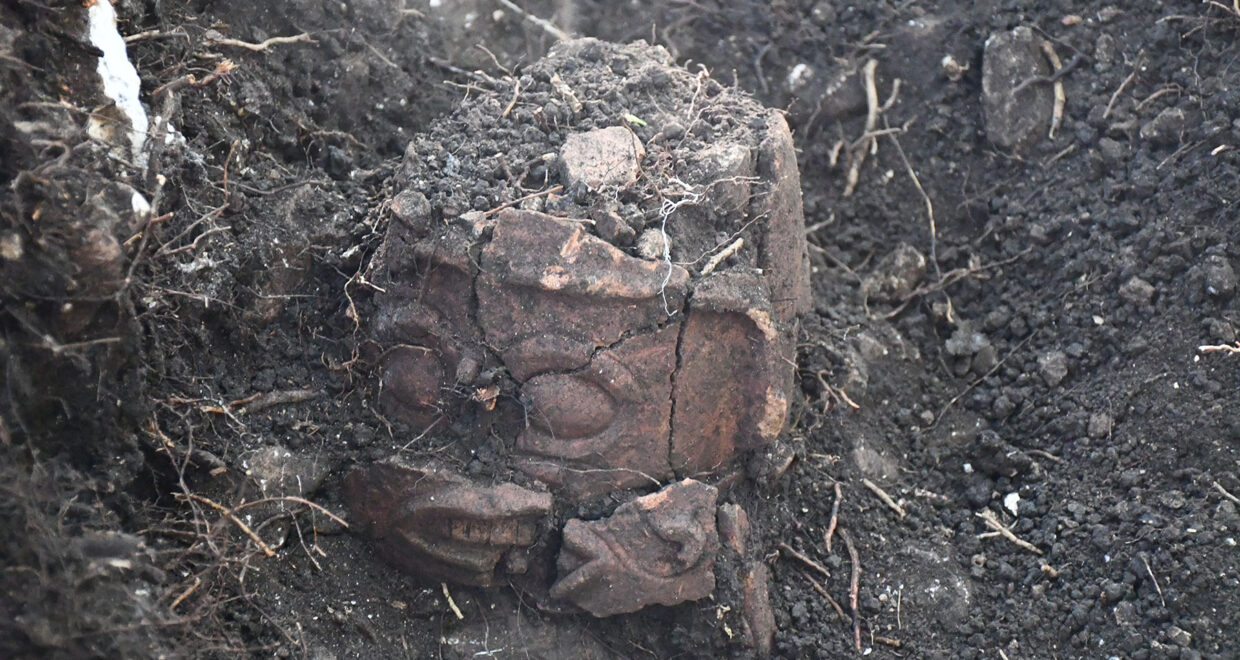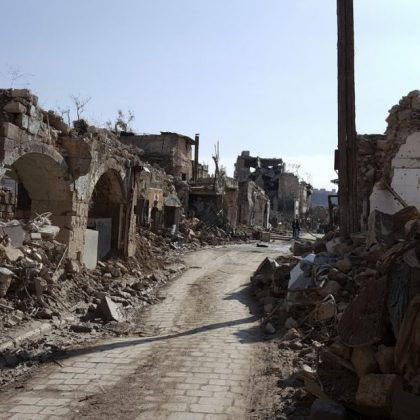Ancient Maya Inequality – Compact Section
How unequal were ancient Maya societies and what lessons can we learn from them about our own unequal world? Modern inequality metrics often focus on monetary wealth and financial statements, but other methods exist and inequality can manifest itself in multiple forms. One way of measuring inequality looks at house-size (Figure 1) to gauge familial wealth; however, past research efforts in Mesoamerica have used multiple measurements and created non-comparable data.
In the first Ancient Mesoamerica Compact Section, multiple Mayanists work together to compare residential inequality using the exact same methodology for dozens of cities; they also provide supplementary material to facilitate these same analyses in other contexts. Initial findings from this collaborative research effort show that inequality (as measured by the Gini Index) increases as population increases (like it does in modern society), except for the largest Maya cities. The biggest Maya cities are more equal than expected and line up with the inequality metrics seen for much smaller Maya settlements; this is contrary to what we see in our modern world where the largest cities exhibit much greater inequality than smaller cities and towns. Future research will focus on how this pattern came to be. This current collaborative endeavor is undertaken in a new special issue format for the journal.
The Compact Section format focuses on building strong, comparative analyses through an introductory article and several case studies. The introduction provides the research methodology and background for the entire special issue with cross-citations to the case studies, and then each case-study focuses on a specific aspect and research question related to that method without needing to repeat that text from the introduction. This format facilitates collaborative research with more freedom for authors to focus on their specific interests. As exemplified by this research effort, this new format makes a great venue for regional comparisons and collaborative research.

Main image of a recently excavated face cache. Courtesy of the Caracol Archaeological Project.






